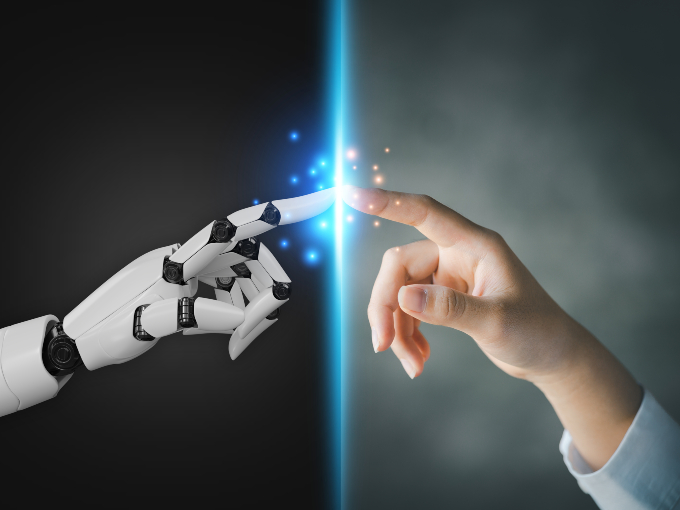By: Evan Baily
Although artificial intelligence (AI) has been creeping into the mainstream for a long time, it feels like the tech has suddenly arrived on our doorsteps, demanding to be invited to dinner. But the reality is that we are already using it, and we’ll be using it even more very soon. So to help you navigate this bot-infested landscape, we’re kicking off a limited series of columns about AI, focusing on the key issues our industry will need to consider as we start to make critical decisions about how this technology will affect our businesses.
Optimus Prime, call your office
“Transformers” are AIs like GPT-4 that take inputs (text or images primarily) and turn them into outputs—scripts, images, music, video, or even code. They learn how to do this by ingesting huge amounts of data. The buzzy AI platform Midjourney, for example, has been “trained” on hundreds of millions of images, which it uses to inform the creation of new “original” images in seconds. And that’s where the ethical problems start to arise.
The transformer doesn’t fall far from the tree
Anything that absorbs vast amounts of human-created data also absorbs—and therefore has the potential to spread—human biases. That’s why Microsoft’s chatbot Tay, trained on Twitter, started spewing hate speech back in 2016. And it’s also why Nothing, Forever, an AI-authored animated Seinfeld parody on Twitch, veered into transphobia earlier this year. This is a global issue that has attracted the attention of government bodies including the US Federal Trade Commission, and NGOs like UNESCO, and it’s a critical issue for the creative community. How will we prevent AI from injecting widespread biases into the most influential of all entertainment products—kids media?
Beg, borrow or steal?
The unfortunate reality is that most AIs steal—collecting “training data” without consent. Now, if an image generator like Midjourney uses stolen images to learn to recognize shapes or objects, that’s not really harmful. But when an AI generates artwork that mirrors an artist’s style with eerie accuracy, it’s a problem. How will we protect creatives—who spend years mastering their craft—from this type of theft?
Decepticons…but also deceptipros
Don’t pick up your pitchfork just yet—AI isn’t all bad. When the camera came along, many believed it was the death knell of painting. But it liberated painters from the centuries-old project of realistic representation and spurred them to invent new modes of creation such as Impressionism and Cubism. As AI infiltrates TV and film production, what new vistas will open up for human creativity?
Good, fast and cheap
One certainty is that AI will usher in incredible efficiencies for content creators and prodcos. Tools like Facebook’s Make-A-Video can already generate full animation, so photorealistic video isn’t far behind. How will we work to ensure that these efficiencies deliver not just higher profit margins, but also new opportunities and gains for creatives?
These are just a handful of the questions, concerns and issues the industry will need to examine as AI is adopted into business strategies and project pipelines. Drop me an email (ai@conbail.com) and let me know which AI-related topics you’d like to read about. I’m excited to delve into this together!
Evan Baily is a TV/film producer and showrunner who also consults for entertainment, media, consumer products and tech companies.
A version of this column originally appeared in Kidscreen’s April/May 2023 magazine.























